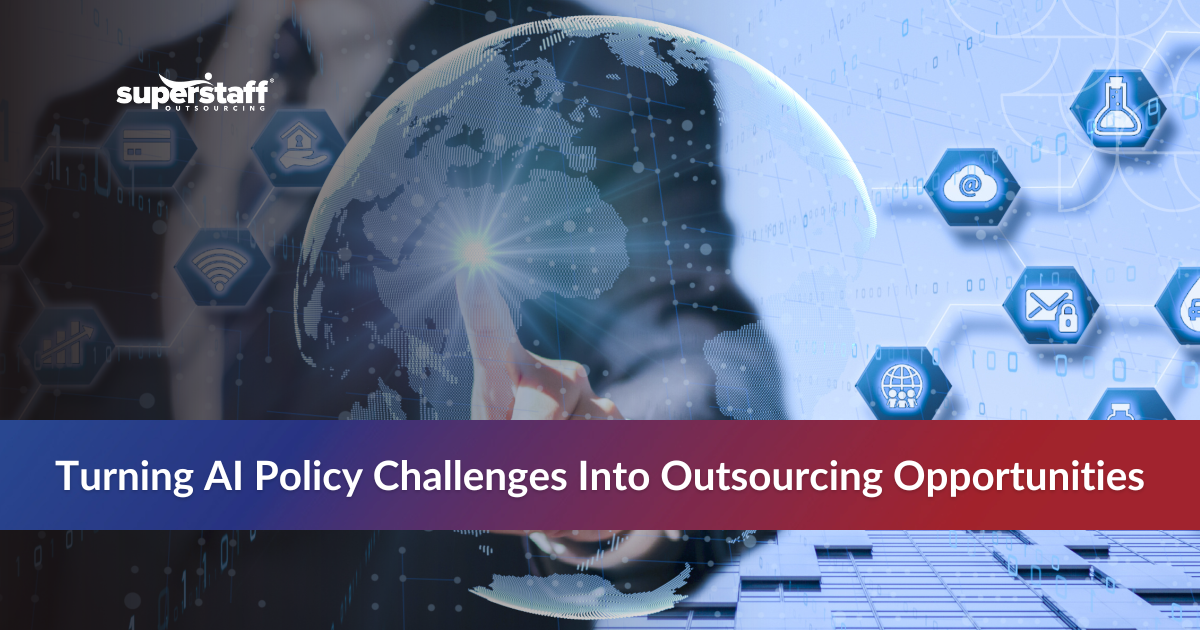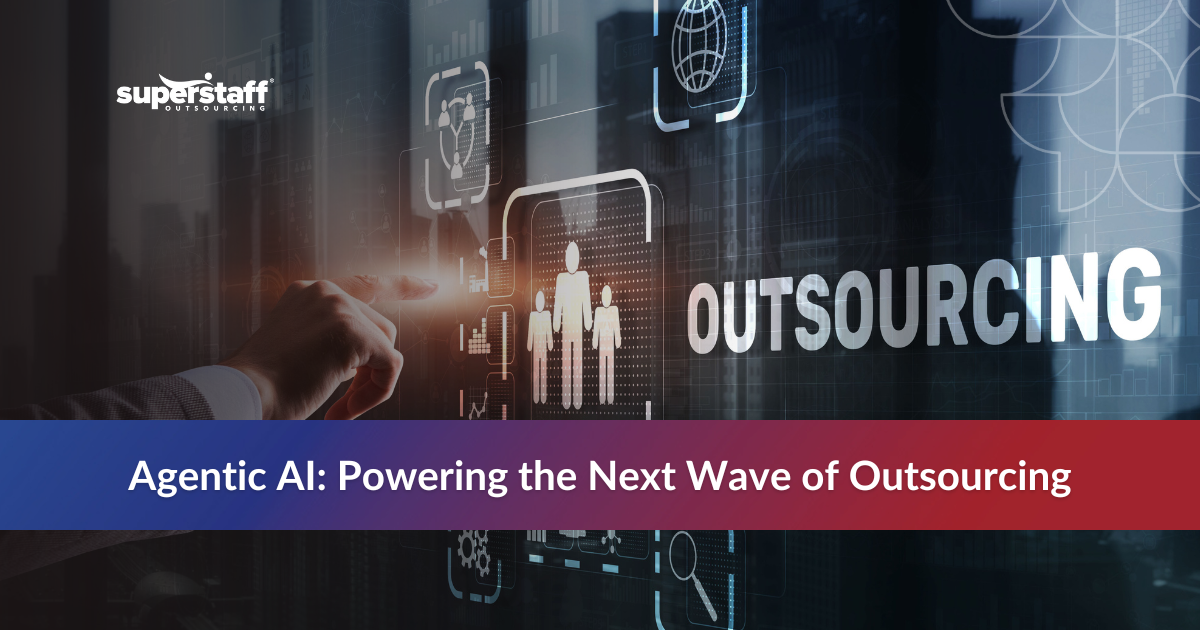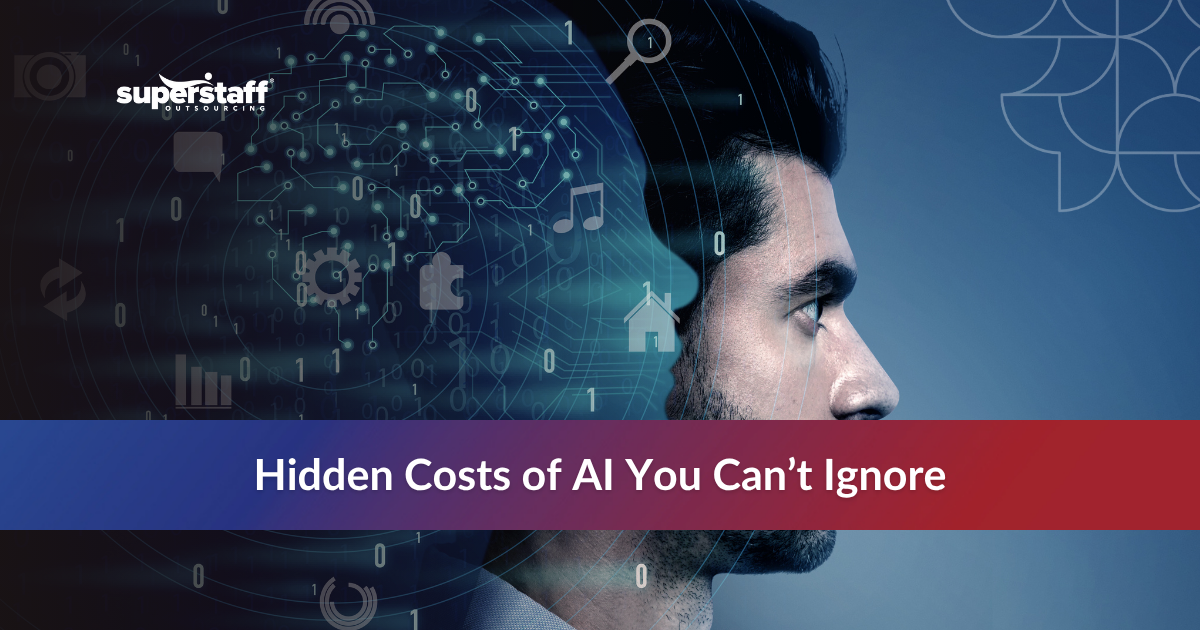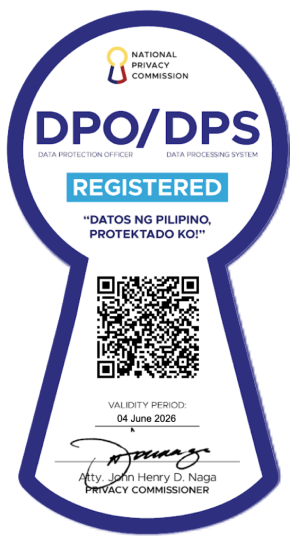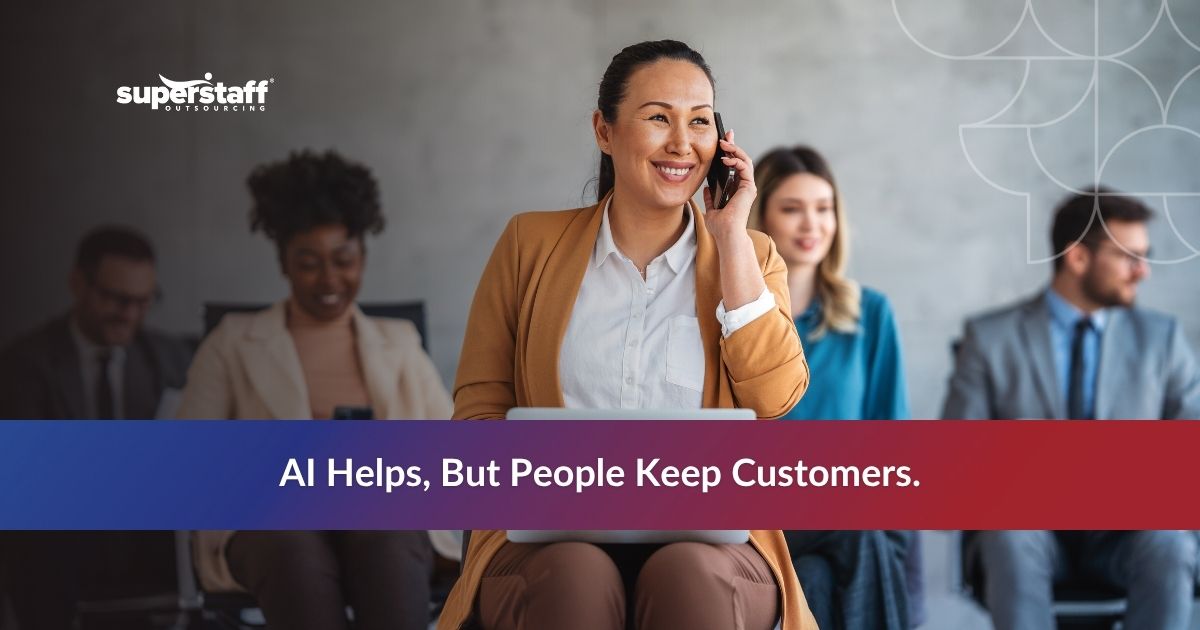
Many companies are turning to artificial intelligence in CX to improve service efficiency, reduce wait times, and lower costs. While the technology brings clear benefits when used correctly, poor implementation can hurt the customer experience. Relying too heavily on automation may lead to cold interactions, incomplete resolutions, and frustrated customers.
Instead of supporting long-term relationships, the rushed use of artificial intelligence in CX can damage customer trust. This article explores what happens when automation takes over customer service without the right balance, and how businesses can avoid these costly missteps.
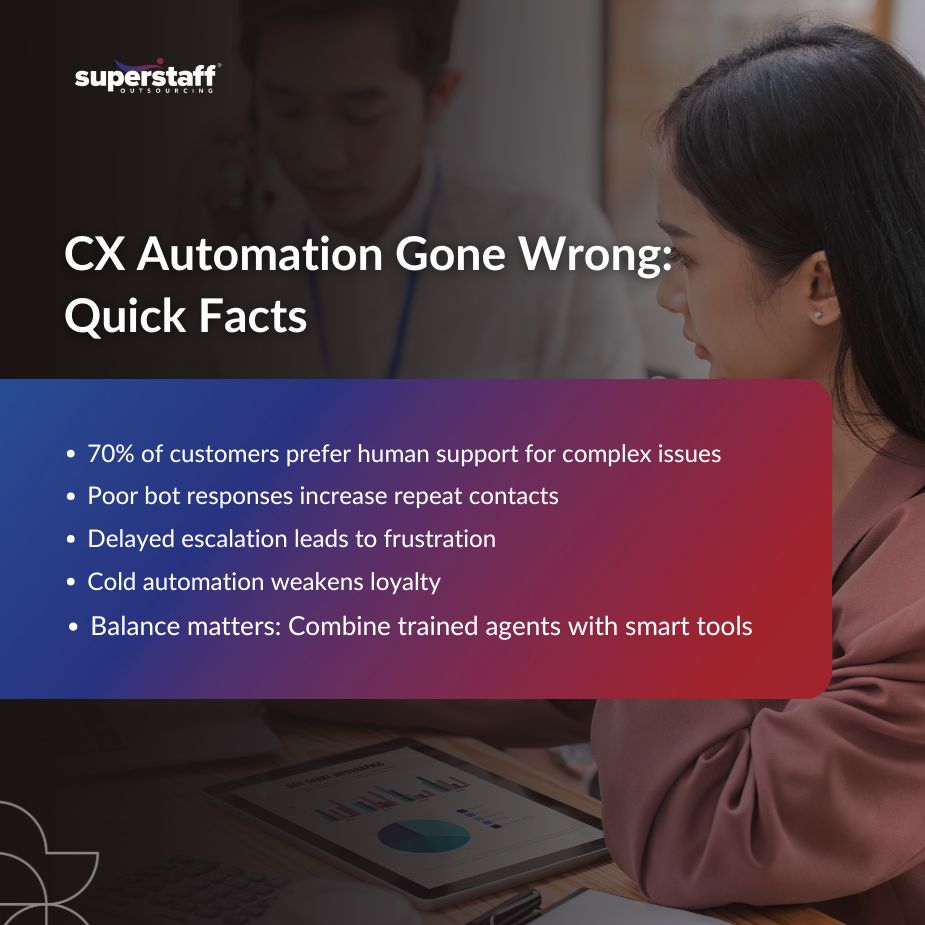
Where Automation Falls Short in Customer Experience
Using artificial intelligence in CX can simplify routine interactions, but many businesses overlook the risks of poor setup or limited use cases. These problems can create lasting damage to customer relationships.
1. Lack of Human Touch in Complex Issues
Automated tools may help with simple questions, but they fall short during emotional or sensitive conversations. This gap highlights why human touch still matters in outsourced CX, especially when customers need empathy and personal attention.
2. Inaccurate or Incomplete Responses
One of the biggest cx automation challenges is that bots may give incorrect or partial answers. When systems aren’t properly trained or regularly updated, customers leave with unresolved issues.
3. No Flexibility for Unique Requests
Bots follow scripts. When a customer has an issue that falls outside the standard flow, automated systems cannot always respond well. This leads to confusion and frustration.
4. Repeating the Same Information
Many systems fail to transfer information properly between channels. A customer may enter details in a chatbot, only to be asked again when speaking to a human agent.
5. Delayed Handoff to Human Support
Some bots keep customers in loops for too long. By the time they reach an agent, they’ve grown tired or upset. When artificial intelligence in CX fails to know when to escalate, service quality drops.
The Hidden Cost of Loyalty and Retention
Businesses often adopt artificial intelligence in CX hoping to improve speed and reduce workloads. However, when systems don’t meet expectations, they can drive customers away.
– Increased Customer Churn
When issues aren’t resolved quickly or with care, customers look elsewhere. They prefer brands that treat them like individuals, not data points.
– Bad Public Reviews
If people feel ignored or poorly treated, they’ll leave negative reviews online. A single poor interaction caused by automation can lead to long-term damage.
– Lower Lifetime Value
Unhappy customers don’t return. Over time, this lowers purchase frequency and reduces opportunities for upselling or retention-based revenue.
– More Repeated Contacts
Bad automation often causes more tickets, not fewer. Customers may contact the brand several times for the same issue, raising service costs and harming satisfaction.
– Negative Brand Association
When artificial intelligence in CX becomes frustrating, customers associate your brand with cold, unhelpful experiences.
Warning Signs Your Automation Strategy Is Failing
Problems with artificial intelligence in CX often show up in metrics and customer behavior. Recognizing these signs early can prevent long-term damage.
1. High Chatbot Abandonment
If users exit a chat session before resolution, they’re likely unsatisfied. Poor conversation flow or lack of helpful options is a common issue.
2. Declining Customer Satisfaction
If CSAT scores or Net Promoter Scores fall after automation is introduced, something may be wrong with how systems interact with your customers.
3. Frequent Complaints About Bots
If your surveys or reviews mention poor experiences with automated tools, it’s time to reexamine the setup.
4. Long Waits for Human Help
Delays in switching to live support show a poor balance between artificial intelligence in CX and human involvement.
5. Multiple Touchpoints to Solve One Issue
If a problem needs three or more contacts to resolve, your system likely isn’t supporting agents or customers effectively.
Balancing Tech and People in Outsourced CX
The debate around human vs AI customer service is not about picking one or the other—it’s about finding the right mix. Customers want fast solutions, but also care and accuracy.
1. Use Automation for Repetitive Tasks
Bots can handle order tracking, appointment scheduling, and account updates. These tasks are ideal for automation.
2. Train for Escalation and Emotion
Bots should be taught to recognize frustration or confusion and pass the interaction to a human quickly.
3. Assist, Don’t Replace
Use automation to support agents, not to remove them. Help agents by offering suggestions, showing past activity, or flagging issues.
4. Regularly Test and Improve
Technology changes fast. Update systems often and test responses across different scenarios. Listening to customer feedback is key.
5. Keep Humans Available
Customers should always have the option to talk to a real person. That’s why the human touch still matters in outsourced CX—it builds loyalty and trust.
Choosing the Right CX Partner Makes the Difference
Not all service providers use artificial intelligence in CX the same way. Some focus only on volume, not quality. Others strike the right balance between automation and live support.
-
Look for Human-Centered Technology
Providers should focus on using tech to improve—not replace—genuine interaction.
-
Find Scalable Support with Flexibility
Outsourcing should allow for growth and adapt to seasonal or business needs without dropping service standards.
-
Prioritize Clear Reporting
Partners must be transparent with performance data and open to collaboration on improving CX.
Smarter CX Solutions Backed by Real People
Artificial intelligence in CX should support the customer journey, not disrupt it. At SuperStaff, we combine automation tools with skilled professionals to create consistent, human-centered experiences. Our agents are trained to step in when needed and supported by systems designed to make service faster and smoother, colder.
With a focus on quality training, compliance, and real-time reporting, SuperStaff helps businesses deliver customer service that builds loyalty. Whether you’re handling inquiries, technical issues, or account concerns, we ensure your customers feel heard, understood, and respected.
Build CX That Supports, Not Replaces
Artificial intelligence in CX can make customer service faster and more efficient, but only when used wisely. Poor automation choices can damage loyalty, drive customers away, and weaken your brand. The key is balance.
SuperStaff brings together the best of both worlds: efficient automation backed by trained agents who know how to connect. If you’re ready to improve your customer experience without losing the personal touch, SuperStaff can help you do it right.

